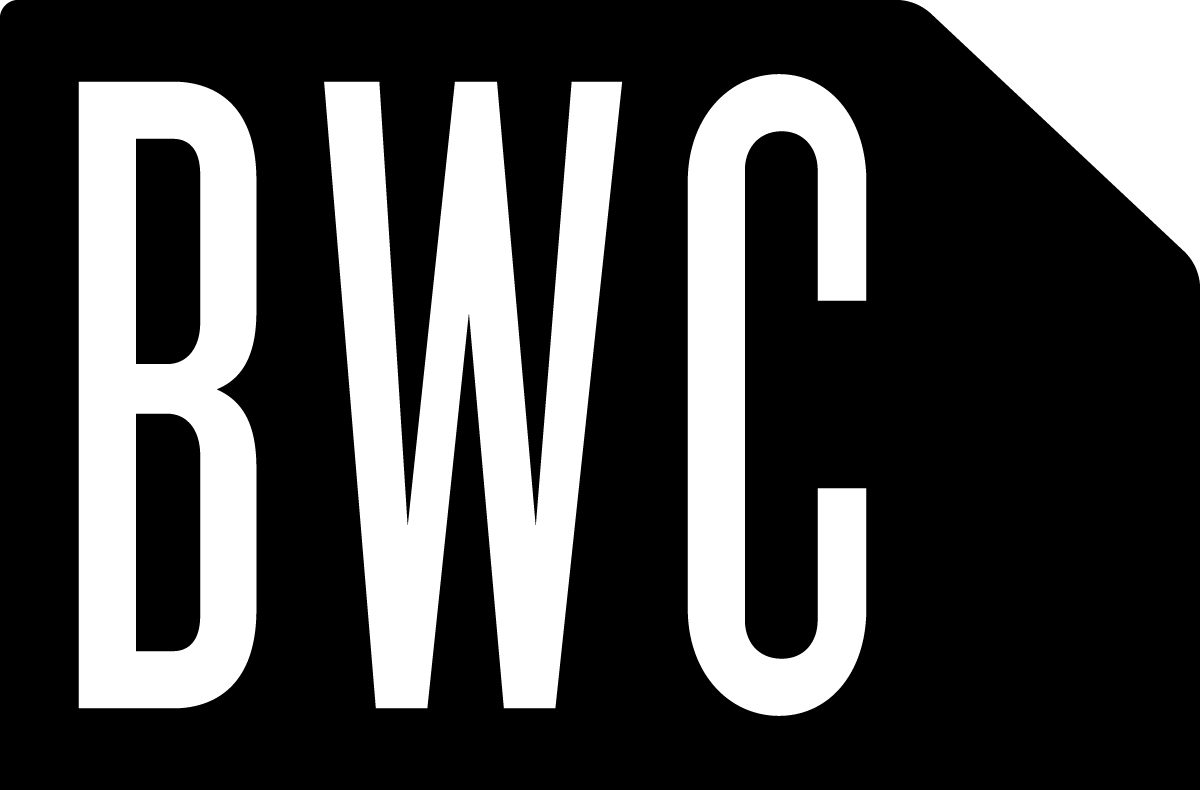Frank's new tricks
Finally got the time to work on setting up the CNC table more today. Behold the mighty silver tube of dusting!
That tube hooks to a big ol' blower under the table where all the dust (hopefully) winds up. On the other end it's hooked to a skirt that surrounds the cutting bit:
It's like the opposite of a hovercraft! Anyways, see that gap there? Between the bottom of the router (the gray tube thing) and the top of the dust skirt? That gap's gonna cost me $250 to fix. My router is too small and we have to get a bigger one. Which we needed anyways, really, so it's not too bad. Only bad thing is that no one locally has it except for one place that wants $100 more for it than Amazon does, so that means we'll still have to wait a bit before we're 100% operational while Amazon ships it to us. However, another new thing we got set up is the Z-Zero plate:
Now, this is pretty cool: when that magic plate of aluminum and that jumper-cable-looking clamp touch, it sends a signal back to the table's brain. So you place the plate on top of your material, clamp the clamp onto whatever bit you're using, and then tell it to find the plate. The table then lowers the router until the tip of the bit and the plate just touch, and then it does it again at a quarter of the speed to be sure. Then the brain subtracts the thickness of the magic plate and now knows exactly where the top of the material you want to cut is (or where the top of the table is, so it doesn't cut too deep, if that's what your after). Huge time saver, otherwise you have to set it yourself, and it changes every time you change a bit, so you have to do it every time.
Finally got the time to work on setting up the CNC table more today. Behold the mighty silver tube of dusting!
That tube hooks to a big ol' blower under the table where all the dust (hopefully) winds up. On the other end it's hooked to a skirt that surrounds the cutting bit:
It's like the opposite of a hovercraft! Anyways, see that gap there? Between the bottom of the router (the gray tube thing) and the top of the dust skirt? That gap's gonna cost me $250 to fix. My router is too small and we have to get a bigger one. Which we needed anyways, really, so it's not too bad. Only bad thing is that no one locally has it except for one place that wants $100 more for it than Amazon does, so that means we'll still have to wait a bit before we're 100% operational while Amazon ships it to us. However, another new thing we got set up is the Z-Zero plate:
Now, this is pretty cool: when that magic plate of aluminum and that jumper-cable-looking clamp touch, it sends a signal back to the table's brain. So you place the plate on top of your material, clamp the clamp onto whatever bit you're using, and then tell it to find the plate. The table then lowers the router until the tip of the bit and the plate just touch, and then it does it again at a quarter of the speed to be sure. Then the brain subtracts the thickness of the magic plate and now knows exactly where the top of the material you want to cut is (or where the top of the table is, so it doesn't cut too deep, if that's what your after). Huge time saver, otherwise you have to set it yourself, and it changes every time you change a bit, so you have to do it every time.
But with the dust collection and Z-zero in place, we can now do this:
The Shopbot comes with software that allows it to take a bitmap image and convert it into a 3D cutting file. So I whipped up this in Photoshop:

and turned it into this:
pretty neat, huh? Here I set the white to be the top, the black to be 1/2" deep, and it figures out the rest. Semi-automatic relief cutting! I'm going to do a lot of this I feel, using mathematically derived patterns for decoration, surfacing, and the like. Now, this one is a little rough due to the fact that I can only use long, flat-ended cutting bits with my table because my router is too small. Normally you'd use a bit with a tiny, 1/8"th or 1/16"th ball end to get smoother cutting and a finer detail. So as soon as the new router shows up, I'll be able to show you all a nicer example.










